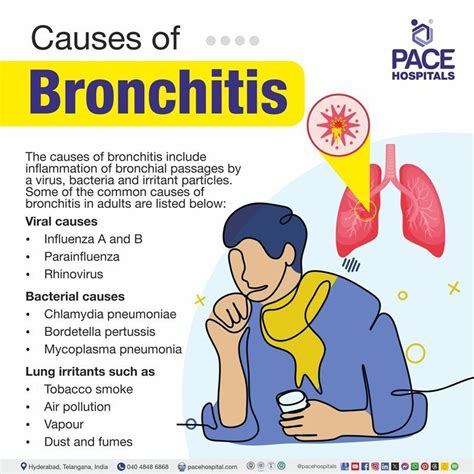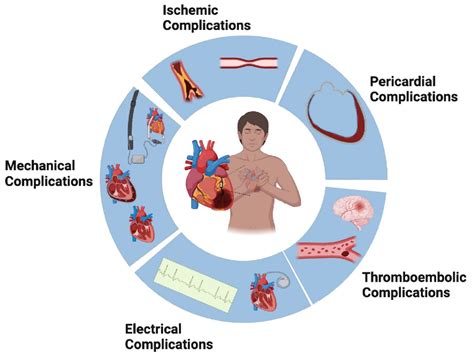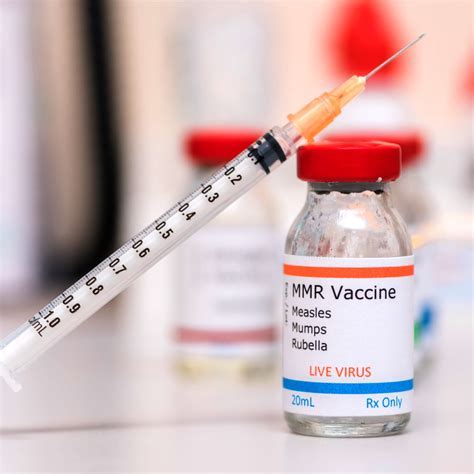Intro
Discover 5 ways to get bronchitis, including respiratory infections, air pollution, and smoking. Learn about bronchitis symptoms, causes, and prevention methods to manage chronic bronchitis and acute bronchitis effectively.
Bronchitis, a common respiratory condition characterized by inflammation of the bronchial tubes, can be caused by a variety of factors. Understanding these factors is crucial for preventing and managing the condition. Bronchitis can be acute or chronic, with acute bronchitis being more common and typically caused by viral or bacterial infections. Chronic bronchitis, on the other hand, is a more persistent condition often associated with long-term exposure to irritants such as cigarette smoke.
The importance of recognizing the causes of bronchitis cannot be overstated, as it directly influences the approach to treatment and prevention. For instance, while antibiotics may be prescribed for bacterial bronchitis, they are ineffective against viral infections, highlighting the need for accurate diagnosis. Furthermore, lifestyle changes and environmental modifications can significantly reduce the risk of developing bronchitis, especially in individuals with predisposing factors such as smokers or those exposed to air pollutants.
Bronchitis symptoms can range from mild to severe and include coughing, production of mucus, wheezing, and shortness of breath. In severe cases, it can lead to complications such as pneumonia or acute respiratory failure, underscoring the importance of prompt medical attention if symptoms persist or worsen. The economic and social impact of bronchitis should also be considered, as it can lead to missed workdays, decreased productivity, and a significant burden on healthcare systems.
Introduction to Bronchitis Causes

Understanding the causes of bronchitis is the first step towards prevention and effective management. The condition can result from a combination of genetic, environmental, and lifestyle factors. For individuals at risk, adopting preventive measures can significantly reduce the likelihood of developing bronchitis. This includes avoiding smoking, minimizing exposure to air pollutants, practicing good hygiene to prevent the spread of infections, and maintaining a healthy diet rich in fruits, vegetables, and whole grains to bolster the immune system.
Viruses and Bacteria
The most common causes of acute bronchitis are viral infections, with the flu (influenza) and the common cold being frequent culprits. Bacterial infections can also lead to bronchitis, although this is less common. In cases of bacterial bronchitis, antibiotics may be prescribed to help clear the infection. However, the overuse of antibiotics has become a concern due to the rising issue of antibiotic resistance, making it crucial to use these medications judiciously and only when necessary.Environmental and Lifestyle Factors

Environmental and lifestyle factors play a significant role in the development of bronchitis. Exposure to air pollutants, such as those found in smoke from cigarettes, wood fires, or industrial emissions, can irritate the bronchial tubes and increase the risk of bronchitis. Smoking is a particularly potent risk factor, not only for bronchitis but also for chronic obstructive pulmonary disease (COPD) and lung cancer. Secondhand smoke exposure also poses a significant risk, especially to children and individuals with pre-existing respiratory conditions.
Diet and Nutrition
A diet rich in antioxidants, vitamins, and minerals can help boost the immune system and reduce the risk of respiratory infections. Foods high in vitamin C, such as citrus fruits and leafy greens, and those rich in beta-carotene, like carrots and sweet potatoes, are particularly beneficial. Adequate hydration is also essential, as it helps thin out mucus, making it easier to cough up and reducing the risk of bronchial tube irritation.Prevention Strategies

Preventing bronchitis involves a combination of lifestyle modifications and environmental changes. Quitting smoking and avoiding secondhand smoke are crucial steps. Regular handwashing, especially during flu season, can prevent the spread of viral infections. Maintaining a healthy weight, exercising regularly, and managing stress through techniques like meditation or yoga can also enhance immune function and reduce the risk of developing bronchitis.
Vaccinations
Vaccinations against the flu and pneumococcal disease can significantly reduce the risk of developing bronchitis, especially in high-risk populations such as the elderly, young children, and individuals with chronic health conditions. These vaccines not only protect against the targeted diseases but also reduce the likelihood of secondary bacterial infections that can lead to bronchitis.Treatment and Management

The treatment of bronchitis depends on its cause. For viral bronchitis, treatment is typically focused on relieving symptoms, such as cough and congestion, and may include over-the-counter medications like cough suppressants and expectorants. For bacterial bronchitis, antibiotics may be prescribed. In all cases, rest, hydration, and a humidifier to add moisture to the air can help alleviate symptoms and support recovery.
Home Remedies
Several home remedies can provide relief from bronchitis symptoms. Drinking warm liquids, such as tea or broth, can help soothe the throat and thin out mucus. Using a humidifier or taking a warm bath can add moisture to the air, easing congestion. Over-the-counter pain relievers can reduce fever and alleviate body aches.Complications and Long-Term Effects

Untreated or severe bronchitis can lead to complications, including pneumonia, which is an infection of the lung tissue, and acute respiratory failure, a condition where the lungs cannot get enough oxygen to the blood. Chronic bronchitis can lead to COPD, a progressive lung disease that makes it difficult to breathe. Understanding these potential complications underscores the importance of seeking medical care if symptoms of bronchitis persist or worsen.
Chronic Bronchitis Management
Managing chronic bronchitis involves a long-term approach, including lifestyle changes, medication to control symptoms, and pulmonary rehabilitation to improve lung function and overall health. Quitting smoking is essential, as continued smoking can exacerbate symptoms and lead to further lung damage.Future Directions and Research

Research into bronchitis and its causes is ongoing, with a focus on developing more effective treatments and preventive measures. This includes the development of new vaccines, more targeted antibiotic therapies, and innovative approaches to reducing air pollution and its health impacts. Advances in genetic research may also provide insights into individual susceptibility to bronchitis, allowing for more personalized preventive and therapeutic strategies.
Public Health Initiatives
Public health initiatives play a critical role in reducing the incidence of bronchitis. Campaigns to reduce smoking, improve air quality, and promote vaccination can have a significant impact on public health. Education on the importance of hand hygiene, especially during peak respiratory infection seasons, can also reduce the spread of viral infections that lead to bronchitis.What are the most common symptoms of bronchitis?
+The most common symptoms of bronchitis include a persistent cough, production of mucus, wheezing, and shortness of breath. In some cases, fever, chest discomfort, and fatigue may also be present.
Can bronchitis be prevented?
+Yes, many cases of bronchitis can be prevented. Quitting smoking, avoiding secondhand smoke, getting vaccinated against the flu and pneumococcal disease, practicing good hygiene, and maintaining a healthy lifestyle can significantly reduce the risk of developing bronchitis.
How is bronchitis treated?
+Treatment for bronchitis depends on its cause. For viral bronchitis, treatment focuses on relieving symptoms and may include rest, hydration, and over-the-counter medications. Bacterial bronchitis is treated with antibiotics. In all cases, lifestyle modifications and environmental changes can help manage symptoms and support recovery.
In summary, bronchitis is a common respiratory condition with various causes and risk factors. Understanding these factors and adopting preventive measures can significantly reduce the incidence of bronchitis. For those affected, prompt treatment and long-term management strategies can help alleviate symptoms, prevent complications, and improve quality of life. By engaging in discussions about bronchitis, sharing personal experiences, and advocating for public health initiatives, we can work together towards reducing the impact of this condition on individuals and communities worldwide. Whether you're looking to prevent bronchitis, manage its symptoms, or support a loved one affected by the condition, there are numerous resources available, from healthcare providers to support groups and online forums. Take the first step today by sharing this article with someone you know, and let's contribute to a healthier, more informed community.
